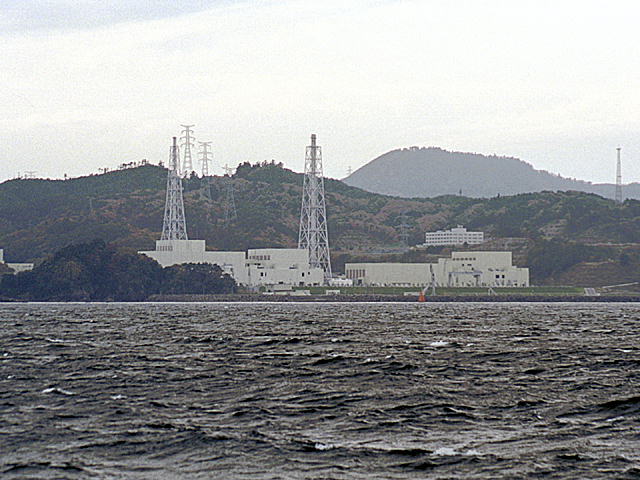|
Nuclear Power In Japan
Prior to the 2011 Tōhoku earthquake and tsunami, Japan had generated 30% of its electrical power from nuclear reactors and planned to increase that share to 40%. Nuclear power energy was a national strategic priority in Japan. , of the 54 nuclear reactors in Japan, there were 42 operable reactors but only 9 reactors in 5 power plants were actually operating. A total of 24 reactors are scheduled for decommissioning or are in the process of being decommissioned. Others are in the process of being reactivated, or are undergoing modifications aimed to improve resiliency against natural disasters; Japan's 2030 energy goals posit that at least 33 will be reactivated by a later date. Though all of Japan's nuclear reactors successfully withstood shaking from the Tohoku earthquake, flooding from the ensuing tsunami caused the failure of cooling systems at the Fukushima I Nuclear Power Plant on 11 March 2011. Japan's first-ever nuclear emergency was declared, and 140,000 residents w ... [...More Info...] [...Related Items...] OR: [Wikipedia] [Google] [Baidu] |
Onagawa Nuclear Power Plant The is a nuclear power plant located on a 1,730,000 m2 (432 acres) site in Onagawa in the Oshika District and Ishinomaki city, Miyagi Prefecture, Japan. It is managed by the Tohoku Electric Power Company. It was the most quickly constructed nuclear power plant in the world. All the reactors were constructed by Toshiba. The Onagawa-3 unit was used as a prototype for the Higashidori Nuclear Power Plant. The plant wa |
